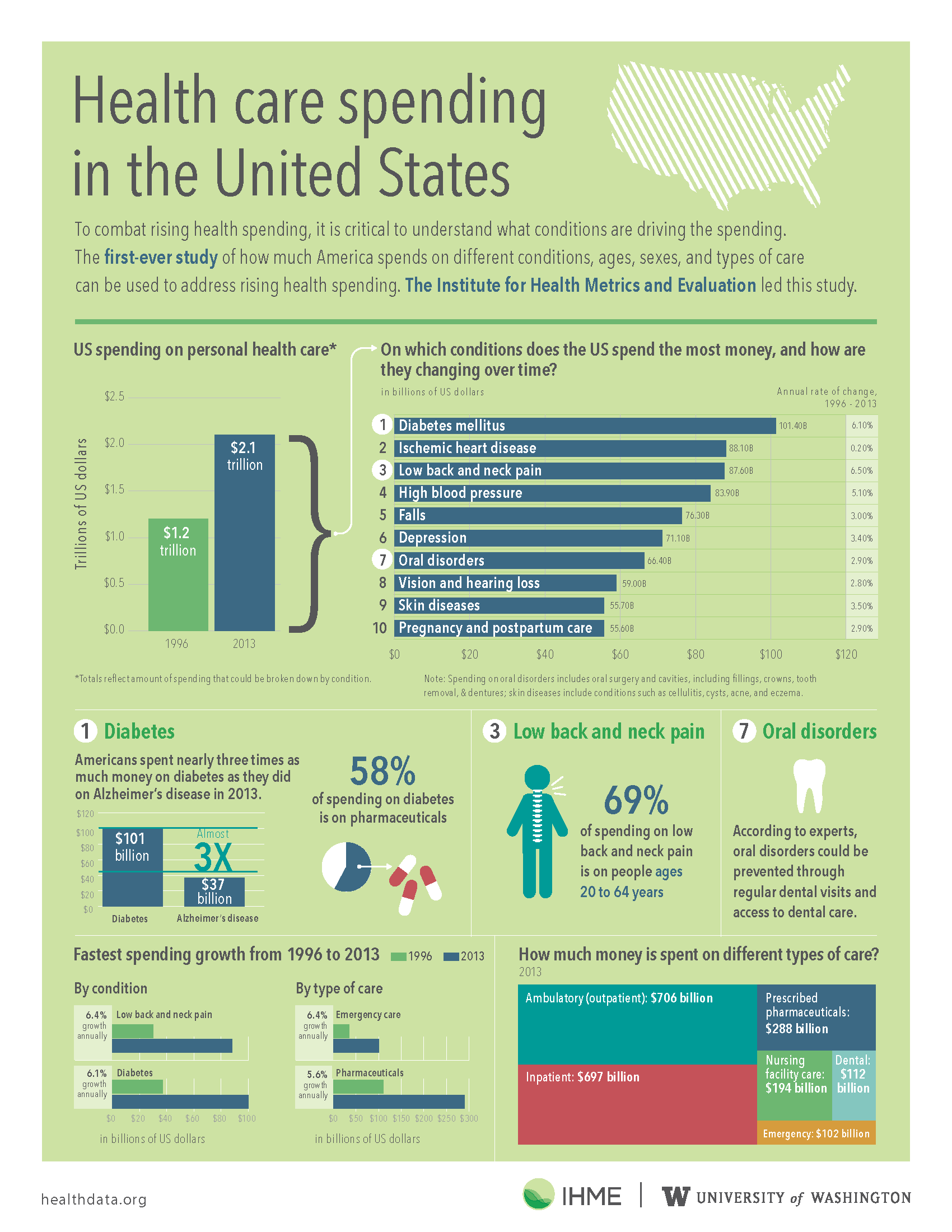Enhancing Medical Care Providers At A Local Level With Neighborhood Resources And Support

Content Create By-Lohmann Schwartz
When it involves improving health care services locally, taking advantage of area resources and support is vital. Imagine a network of interconnected companies and teams collaborating to enhance health care accessibility and high quality in your area. From wellness departments providing important data to non-profits offering specialized services, each entity contributes to a much healthier neighborhood. But how exactly do these cooperations unfold, and what methods verify most effective in leveraging these resources for optimal influence? Allow's explore the detailed internet of neighborhood support and its extensive effects on medical care services.
Value of Area Engagement
Involving with the neighborhood is vital for promoting a sense of cooperation and trust within local healthcare solutions. By actively including Primary Care Services in decision-making processes, doctor can much better understand the special needs and obstacles dealt with by the populace they serve. When health care solutions are created in examination with the community, they're most likely to be efficient and popular.
Community engagement also plays an important duty in advertising health and wellness education and precautionary treatment initiatives. By constructing solid connections with local residents, doctor can better interact important health info and motivate healthy and balanced actions within the area. This aggressive approach aids prevent illnesses and promotes total wellness among neighborhood participants.
Moreover, community interaction promotes a sense of possession and liability amongst doctor. When the community is associated with shaping medical care services, service providers are most likely to be responsive to the needs and preferences of the populace they offer. This joint technique ultimately brings about much more patient-centered care and improved health outcomes for the neighborhood as a whole.
Key Neighborhood Resources
To successfully boost health care services locally, determining and leveraging key area sources is essential. These sources can include regional wellness departments, community health centers, charitable organizations, and volunteer groups. Neighborhood health and wellness divisions frequently provide useful data, know-how, and support for public health campaigns.
Area health centers use crucial medical solutions to underserved populaces, contributing to general neighborhood health and wellness. Non-profit organizations play a critical role in addressing certain wellness needs, such as mental health and wellness support or chronic disease monitoring. Volunteer teams can provide additional manpower and assistance for health-related events or programs.
Institutions and universities are additionally substantial neighborhood resources that can use health and wellness education and learning programs, research collaborations, and accessibility to student volunteers. Faith-based organizations might provide spiritual and emotional support, in addition to sources for neighborhood participants in need. By collaborating with these vital neighborhood sources, primary care suppliers can improve access to care, resolve health and wellness variations, and enhance overall community well-being.
Strategies for Collaboration
Take into consideration leveraging existing connections and networks within the neighborhood to establish reliable strategies for partnership. By tapping into established connections, you can improve interaction and control between different companies and individuals.
Start by recognizing https://zenwriting.net/christin10kellie/learn-more-about-the-prized-possession-returns-of-prioritizing-executive that share a typical passion in improving health care solutions locally. Involve with these stakeholders to create a shared vision and established clear goals for cooperation.
Develop an interaction strategy that describes just how details will certainly be shared, conferences scheduled, and development tracked. Utilize technology such as shared on-line systems or team messaging applications to help with very easy interaction.
Regularly review the performance of your collaboration approaches and be open to making changes as needed.
Establishing formal arrangements or Memorandums of Comprehending (MOUs) with partner organizations can help clarify functions, responsibilities, and expectations. These arrangements can additionally address potential challenges ahead of time, making sure a smoother partnership procedure.
Final thought
To conclude, neighborhood resources and assistance are essential for improving primary care services in your area.
By involving with vital stakeholders and collaborating with numerous organizations, primary care suppliers can much better fulfill the requirements of underserved populaces and advertise area health.
By interacting, we can guarantee that every person has access to top quality healthcare and assistance solutions within their local community.

